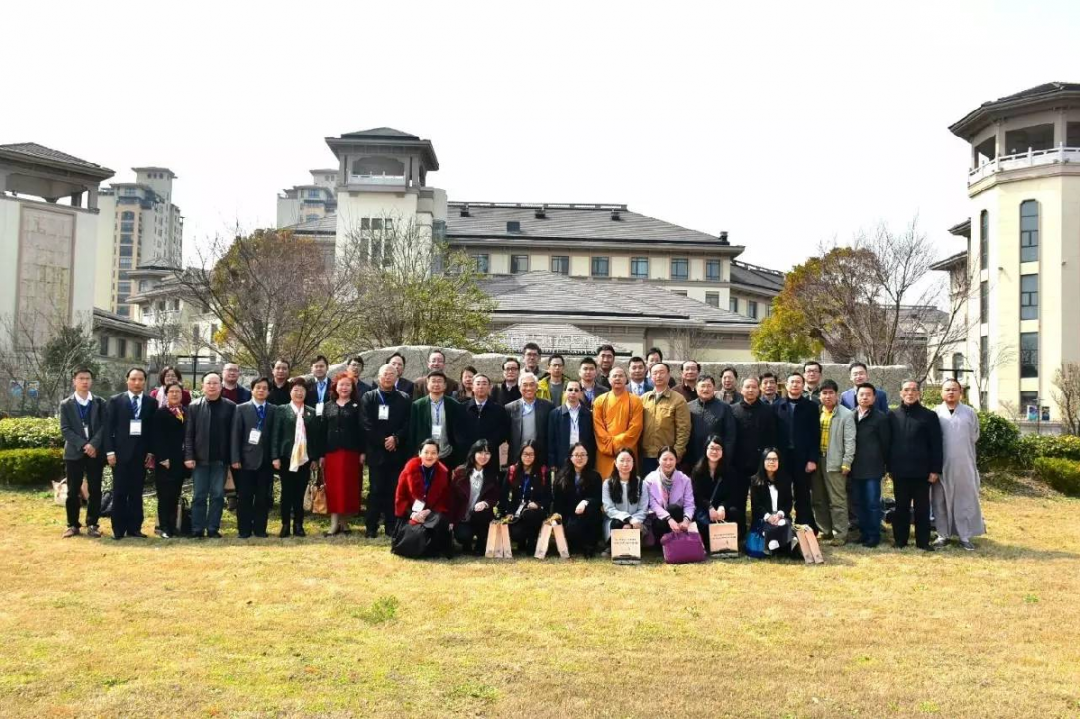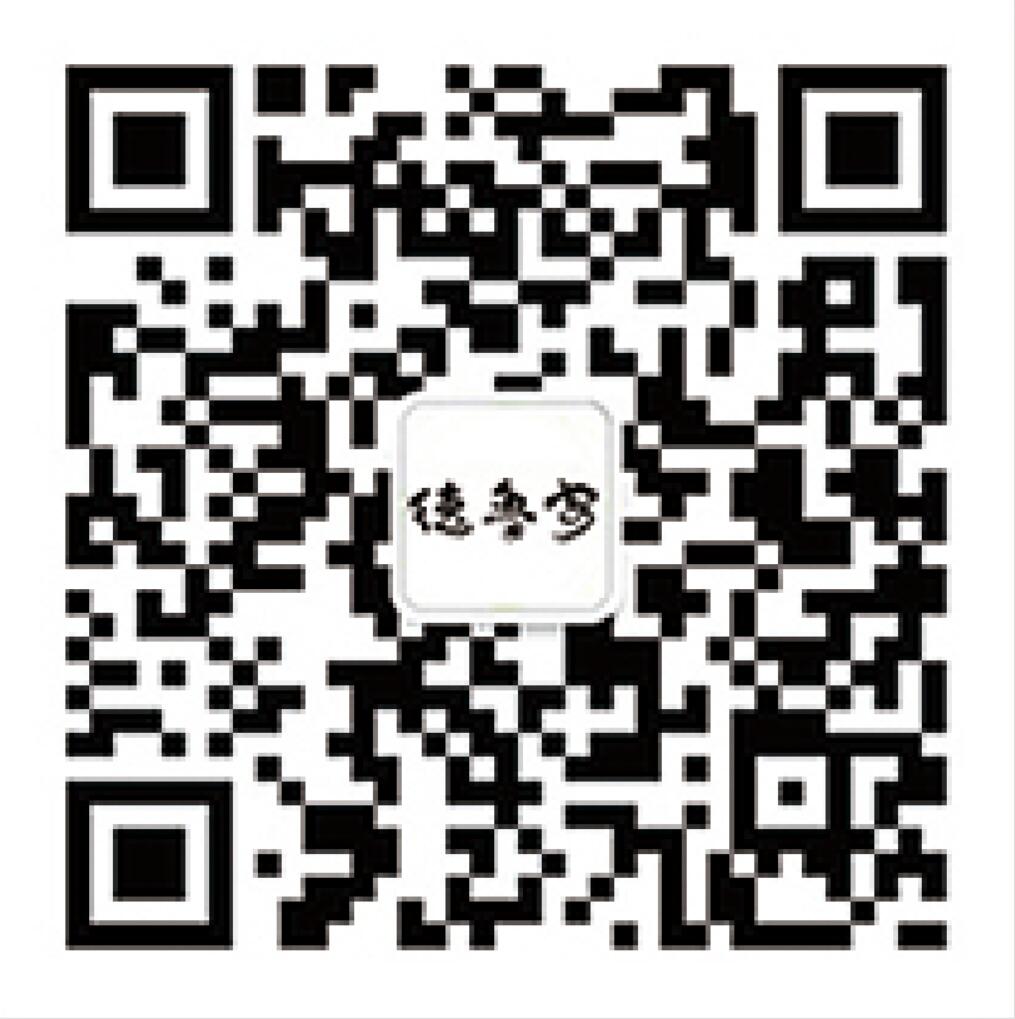Summary of 2016 Jiangsu Rudong Shousheng cultural and Creative Design Forum
Sponsored by Feixun smart city research center of Shanghai Jiaotong University and scheme creation center of planning and Architectural Design Institute of Shanghai Jiaotong University, the people's Government of Wucha Town, Rudong County, Jiangsu Province, the Bureau of ethnic and religious affairs, Rudong Shousheng temple, Rudong County, Jiangsu Province The "2016 Jiangsu Rudong Shousheng cultural and creative design forum" organized by Wuxi Kaiyuan Temple was held in Rudong County, Jiangsu Province from March 19 to 20, 2016. The main topics of this forum are the research on the historical origin and cultural resources of Rudong Shousheng culture, the creative design of Oriental pharmacist Buddha theme, the planning and design of wisdom temple, the landscape design of Yanshou culture, and the research on the tourism integration development strategy of ancient tea town. Experts and scholars from Shanghai Jiaotong University, Peking University, Beijing Normal University, China Center for international economic exchange, Shanghai Academy of Social Sciences, Shanghai University of Finance and economics, Suzhou University, Jiangnan University, Nanjing University of information engineering and other universities and think tanks, Xinhua News Agency outlook Oriental weekly, Guangming Daily, China construction informatization, economic daily Petroleum business daily and other media units, as well as representatives from Jiangsu Provincial Bureau of religious affairs, Nantong Municipal Bureau of ethnic and religious affairs, Rudong County Party committee and county government, people's Government of Wucha Town, Shanghai Jiyuan, Beijing deluan, Wuxi Xiandi Debao and other enterprises attended the forum. Participants held in-depth exchanges and discussions on the innovative development of Rudong Shousheng culture.
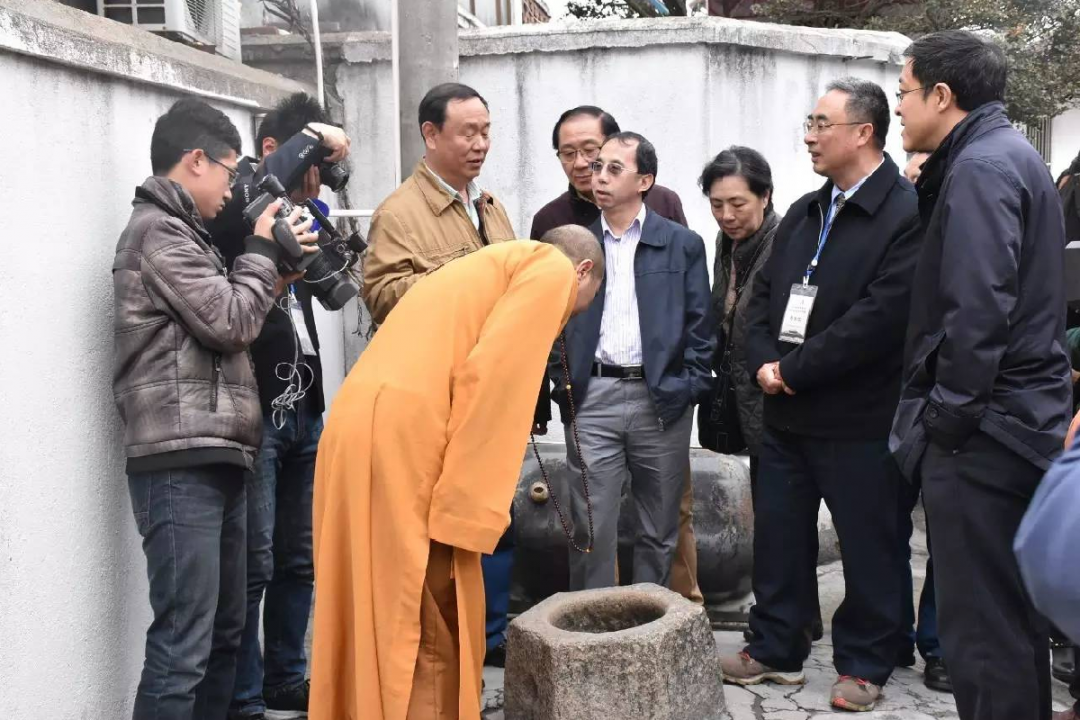
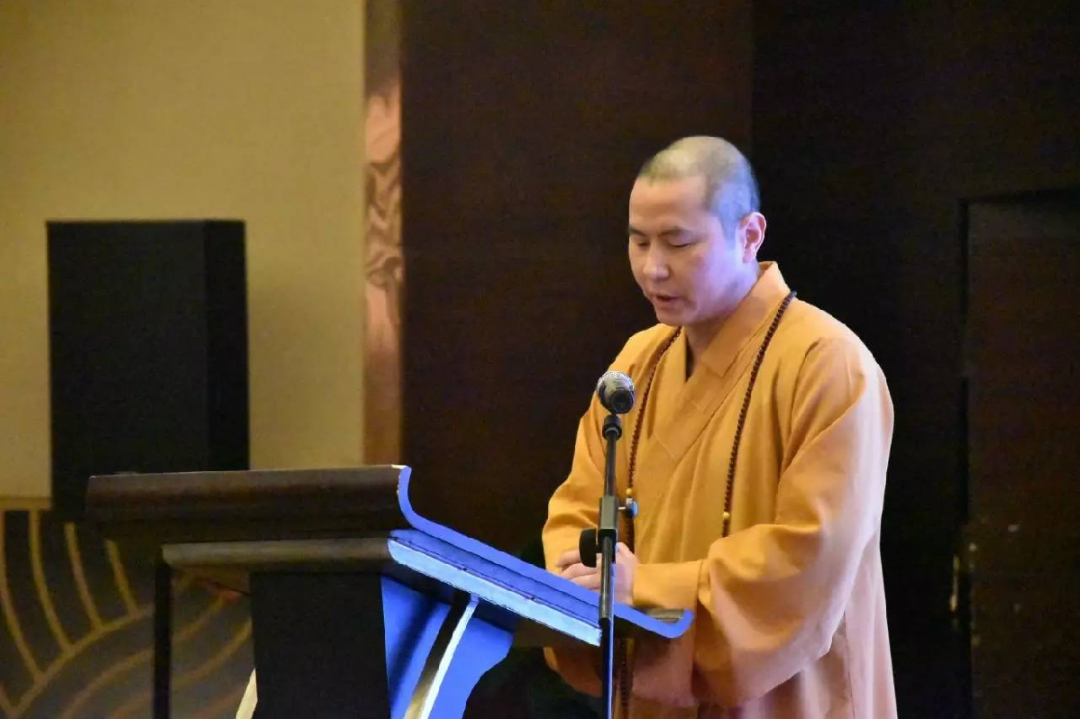
In a speech entitled "the cultural resources of the reconstruction of Shousheng temple and the general idea of the surrounding cultural industry", abbot of Kaiyuan Temple and Abbot Neng Chaoda pointed out that the reconstruction of Shousheng temple will inherit the historical and cultural traditions of the ancient temple for thousands of years, and will also become a landmark cultural landscape in Nantong due to the development and prosperity of tourism in the ancient town, The reconstruction of Shousheng ancient temple should adopt the idea of integration with the development of ancient tea town tourism. The reconstruction of Shousheng ancient temple not only contributes to the construction of a new ancient town with excellent historical and cultural display and modern natural, environmental protection and leisure ecology, but also can obtain opportunities and conditions for development. It is very important to form a protective development strategy of benign interaction between the two. According to the general idea of the development of Shousheng temple and its surrounding cultural industry, monk Neng pointed out that the development of ancient town should be based on cultural inheritance. Buddhist culture represented by Shousheng temple can not only serve as the continuation of culture, but also be used in modern times, providing solid cultural connotation for promoting ancient town culture and leading modern life style. At the same time, the main cultural line of the development of the ancient town must be combined with the pharmacist Buddha's protection of all living beings to eliminate disasters and prolong their life. With a natural and environmentally friendly way of life, a leisure and livable life, and a return to nature rural labor, it calls all living beings who want to return to nature, such as teaching and practice, to live, keep in good health, travel, relax, and travel.
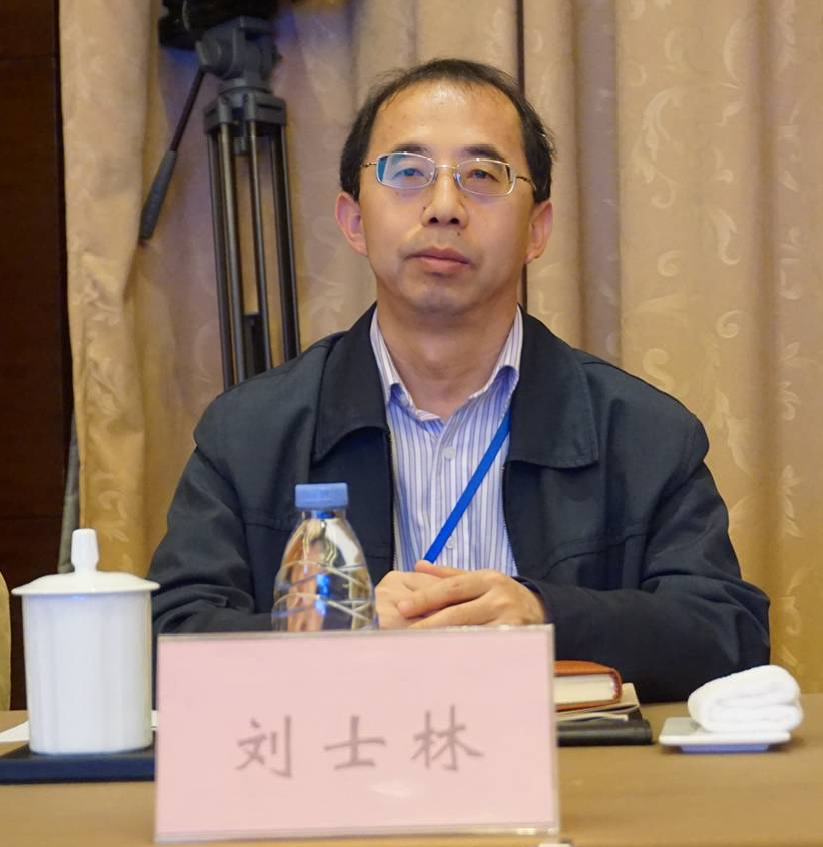
In a speech entitled "wisdom and pure land for" urban human beings ", Professor Liu Shilin, Dean of Urban Science Research Institute of Shanghai Jiaotong University and director of Feixun smart city research center of Shanghai Jiaotong University, pointed out that it is expected that in the near future, human beings will completely evolve from" half city and half country "to" urban human ". In this process, in addition to responding to the growth and changes in demand for housing, infrastructure, transportation, energy, employment, security, education, medical care and other aspects, another area that can not be ignored is the microcosm or inner world composed of people's thoughts, mentality, spirit, values, beliefs, etc. if the problems of the latter cannot be fully paid attention to and solved, It can be predicted that "urban human" still can not live a "good life". At the same time, Shousheng temple should also plan its own position and development in this background. On the inheritance and development of Rudong Shousheng culture, Liu Shilin pointed out that the first is to have a richer interpretation of Rudong Shousheng culture, focusing on the Buddhist wisdom to elaborate the Buddhist connotation and karma contained in the name of Rudong County. The second is to construct the cultural theme of Shousheng Temple centered on pharmacist Buddha. The key is to interpret, interpret and spread the theme of "Oriental pure glass world", clarify the connotation of "longevity praying culture" and the orientation of "Oriental pharmacist Buddhism field" of Shousheng temple, and construct the temple culture of "carrying one body" (pharmacist Tathagata) and "containing multiple elements" (disaster elimination, longevity extension, disease treatment, health care, etc.), To provide the wisdom and pure land for the more busy "urban human".
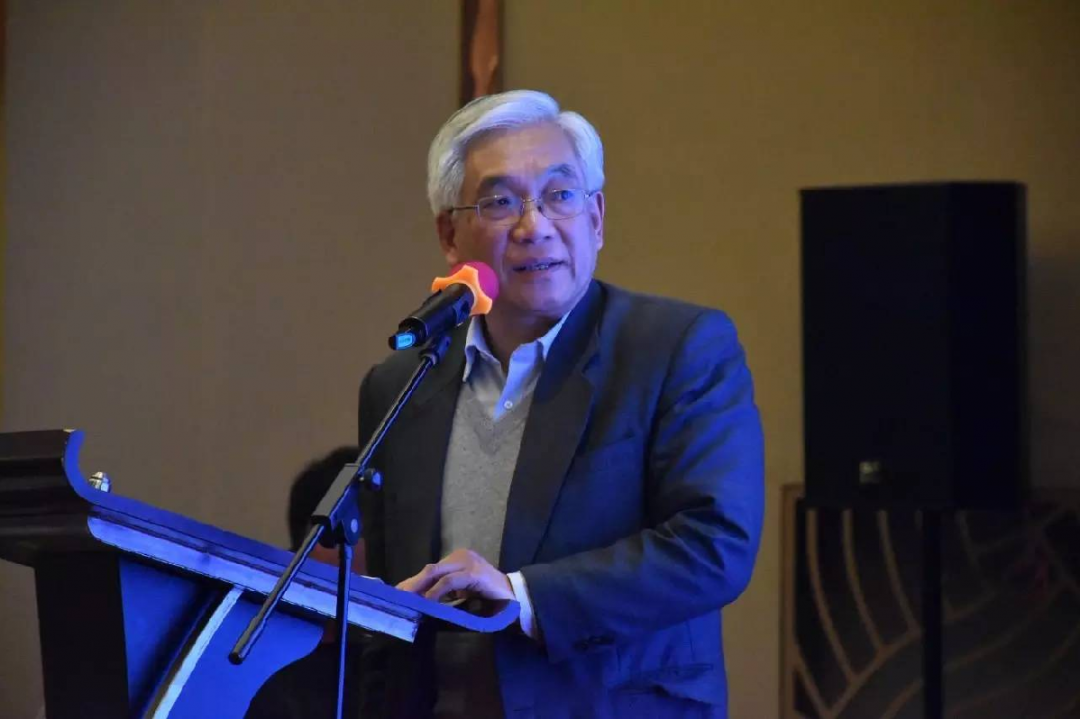
In the speech entitled "resource-based, characteristic first, integrated development of tea tourism industry", Professor Xue Xingguo, a distinguished researcher of Urban Science Research Institute of Shanghai Jiaotong University and vice president of Shanghai Shanda college, pointed out that from the perspective of tourism supply, the tourism resources of ancient town of tea can be divided into three categories: cultural tourism, rural tourism and religious tourism. From the perspective of tourism demand side, the main tourist source markets of Rudong Shousheng culture and ancient tea town are the primary market of "two-hour economic circle" and the secondary market of Yangtze River Delta; With the location advantage of the "seven horizontal and one vertical" transportation system, the main types of tourists are individual tourists and self driving tourists. The development of tourism industry needs to grasp the resources and the tourists on one hand. According to the demand of tourists, we should integrate the advantages of resources and develop marketable tourism products. The integrated development strategy of Shousheng culture and ancient tea Town Tourism: Based on resources, guided by customers, based on characteristics, focusing on products, build tourism brand, expand tourism market, cooperate with all walks of life, and develop tourism industry.
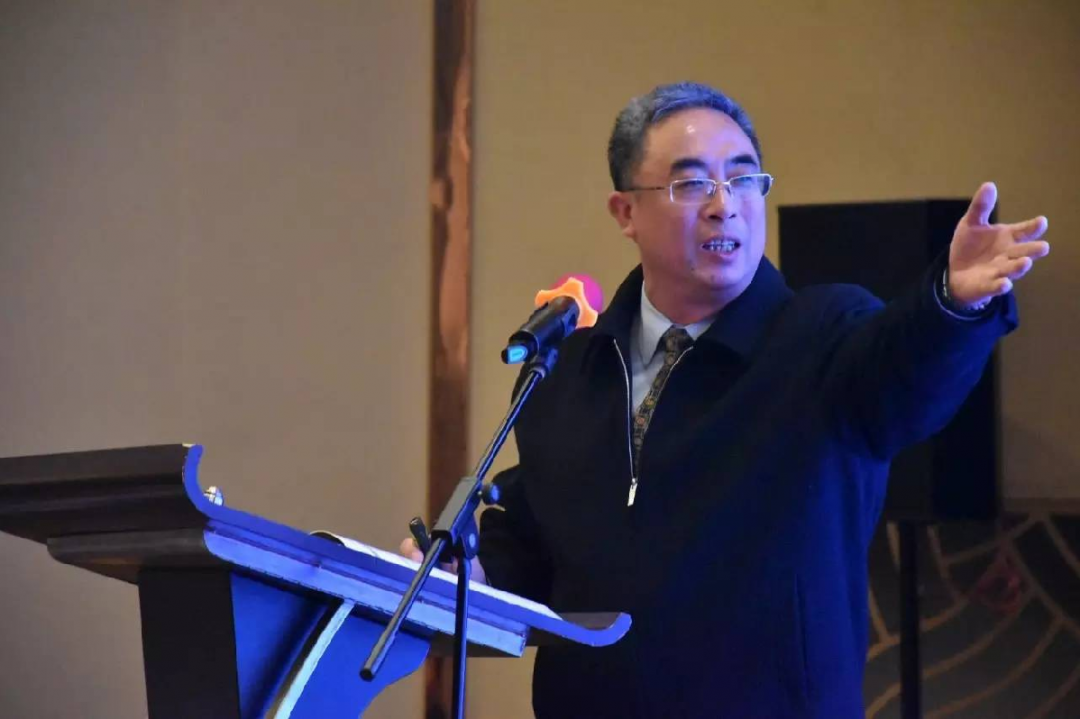
In a speech entitled "on the characteristics of historical and cultural resources from the evolution of Kita town and Kita Shousheng Temple", Professor Yu Tongyuan, director of the Institute of Chinese Studies and the school of Sociology of Soochow University, pointed out that the historical and cultural resources of Kita town and Kita Shousheng temple include belief and Cultivation resources, Academy and school education resources, cultural resources, cultural resources and cultural resources The historical and cultural resources of salt farms, water conservancy projects, coastal defense Navy, immigrant ethnic groups and seaports are unique and rich. Aiming at the belief and cultivation resources, Yu Tongyuan pointed out that Shousheng pagoda not only carries Buddhist belief and Buddhist culture, but also Confucian belief and Taoist culture. Shousheng Temple inherits the medical resources of traditional Chinese medicine and Buddhist medicine, advocates health and longevity, and develops the base of health preservation for the elderly, life and nature cultivation. It is suggested that the cultural activities of Shousheng Festival should be restored, and the filial piety and longevity resources of traditional Shousheng Festival should be developed, such as the Royal longevity Festival, Qianqiu Festival, Jiahui Festival, Qisheng Festival, Jiaqing Festival, Changchun Festival, Shouning Festival, Qianling Festival, Tianshou Festival, and so on. The historical evolution of Shousheng Temple shows the Buddhist view of life with the combination of three religions and the equal emphasis on "Shou" and "Sheng".
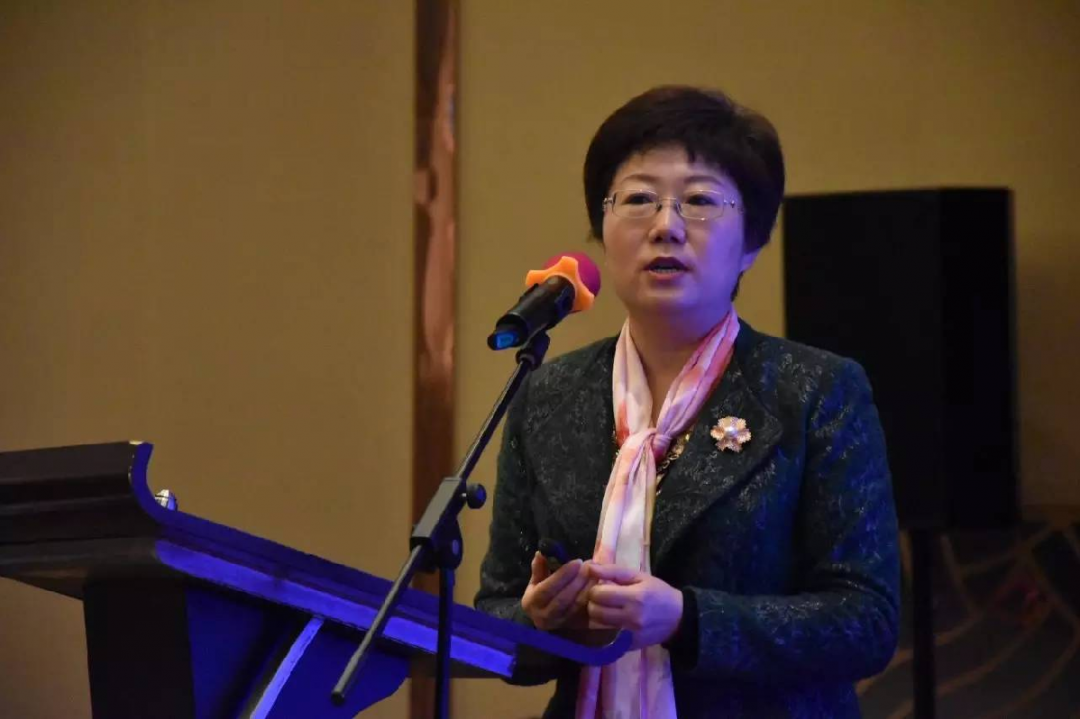
In a speech entitled "Some Thoughts on the establishment and development of cultural and Leisure Industrial Zone in Rudong", Professor Shen Kaiyan, deputy director of Institute of economics, Shanghai Academy of Social Sciences, pointed out that the development of cultural and Leisure Industrial Zone in Rudong should adhere to the principles of combining history with modern times, culture with ecology, economy with society, and development with protection, and integrate future development with Rudong, Shandong, Shandong and other regions Nantong has built a strong tourism city, a tourism city function system, and a Rudong high tech Industrial Development Zone. It has gathered five elements of culture, leisure, tourism, industry, and ecology. Through five to ten years of unremitting efforts, it is committed to building Nantong. First, we should take Jianghuai culture and Wu culture as the core of support, strengthen Rudong's strategic position as the carrier of regional characteristic culture, and strengthen its radiation effect on the surrounding areas. The second is to explore the characteristic Park of new urbanization. Strengthen the concept of integration of industry and city, and highlight the coordination and interaction of tourism elements, industrial elements and life elements in regional development in terms of planning, function and facilities. In areas where conditions are ripe, we should guide and implement residents' relocation. Taking people as the core, on the basis of improving leisure tourism, we should constantly enrich and improve the housing, supporting facilities and residential functions. We should respect the regional characteristics, implement protection and moderate development, and explore the new urbanization path of special areas. The third is to become a gathering area of modern service industry. Taking advantage of geographical location, relying on the carrier of agriculture and tourism industry, we will build the service belt of cultural and Leisure Industrial Park plate and Rudong high tech Industrial Development Zone. The concept of CBD is introduced to promote the cluster development of cultural creativity, leisure catering, maker space and business incubator, so as to form a modern service industry cluster serving tourists, residents, entrepreneurs and Development Zone workers.
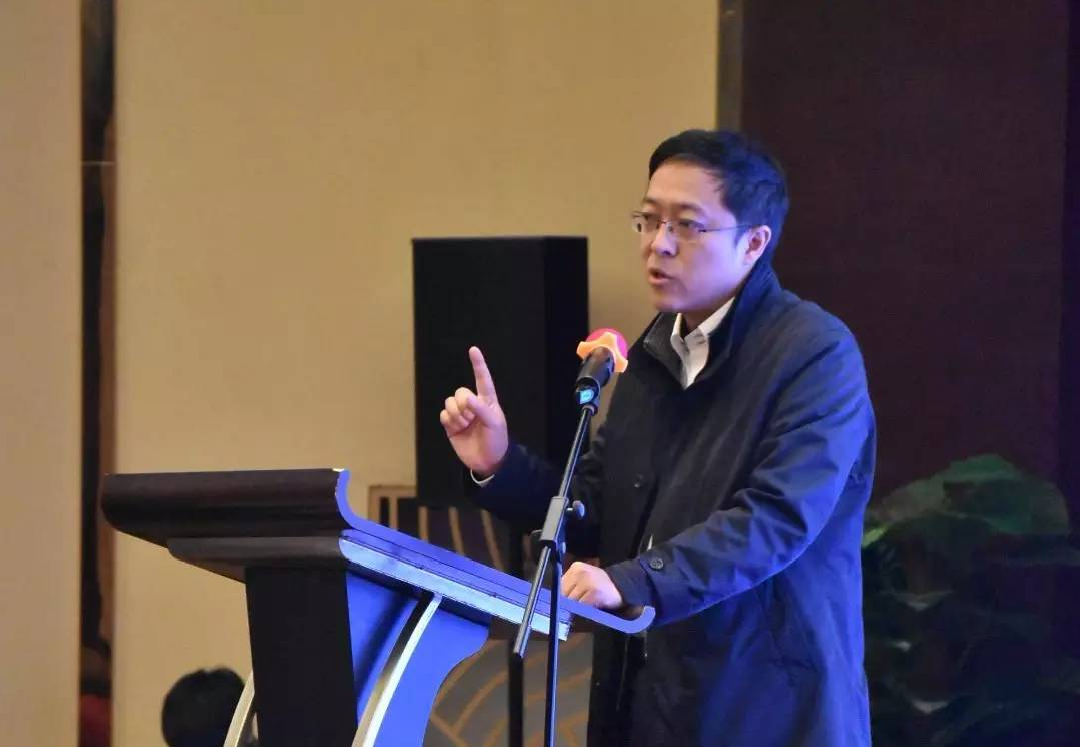
In the speech entitled "colorful Ancient Salt River: highlighting the deposits and self-confidence of Jianghai culture", Zhang Feng, Secretary of the Party committee of guicha Town, Rudong County, pointed out that the cultural connotation of guicha town was born and grew up in Jianghai land, participated in the formation of Jianghai mainstream culture, and highlighted the bright characteristics of Jianghai culture. The ancient town of tea is an epitome and a window of Jianghai culture. Its cultural consciousness and cultural confidence have existed since ancient times. It was founded in the Tang Dynasty, developed in the Song Dynasty and flourished in the Ming and Qing Dynasties. This is the classic cognition of tea culture by tea sages. As one of the few well preserved ancient towns in Rudong and even Nantong, Wucha still has an area of nearly 80 hectares. Its texture is still there, and its architecture is mostly in the style of the late Qing Dynasty and the Republic of China. The stone street of Sanhua Li in the town is well preserved, and the style and features of ancient lanes, wells, trees, temples, bridges, houses and salt fields are still full of charm. Such terms as the kuicha canal, fan Gongdi, yizhulou poem case, hometown of the number one scholar, Cai Xiaonv's saving father, Hushu Huagu opera, Shousheng temple, Zhongshi street, sun Erfu's former residence, birthplace of the Navy, former site of the founding conference of the New Fourth Army, etc., construct the collective memory of the modern and contemporary kuicha people on history, and become the background of all kuicha people's cultural consciousness and cultural confidence. Zhang Feng pointed out that promoting the implementation of the comprehensive renovation project for the protection and development of ancient towns has opened the curtain for the protection of historical relics and injected new vitality into the river sea cultural tourism.
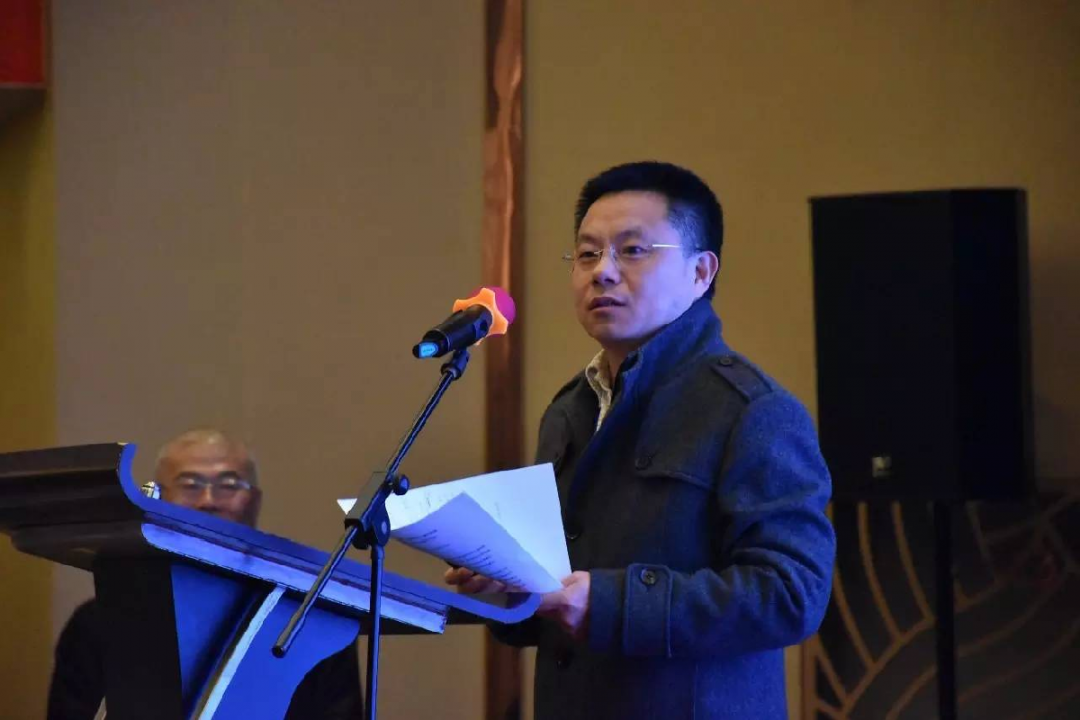
In a speech entitled "rebuilding Shousheng temple to promote the development of ancient tea Town -- on the relationship between Shousheng temple and ancient tea town", Professor Sun Honggang, program creation center of planning and Architectural Design Institute of Shanghai Jiaotong University, pointed out that the traditional temple is mainly for worshippers to worship Buddha and burn incense. It is a relatively pure religious place, and our positioning of Shousheng temple is not only a religious place, What's more, it is a research and tourism resort that integrates Buddhism, history, humanities, practice and leisure, that is to provide a space for Buddhists to burn incense and worship Buddha, and also integrate into the background of tourism development of the whole ancient town of Kucha to form a multi-functional scenic spot with high Buddhist culture, historical culture, tourism culture and commercial culture. The reconstruction of Shousheng temple is like a clue connecting history, present and future. It endows the tea canal with spiritual core and provides people with a place to watch, play, experience, study and comprehend. With the construction and opening up of Shousheng temple, it will bring unprecedented opportunities and power for the development of ancient town. Famous towns and temples promote each other and become another Buddhist tourist attraction on the coast of the Yellow Sea, setting off a new round of development opportunities for the ancient tea town.
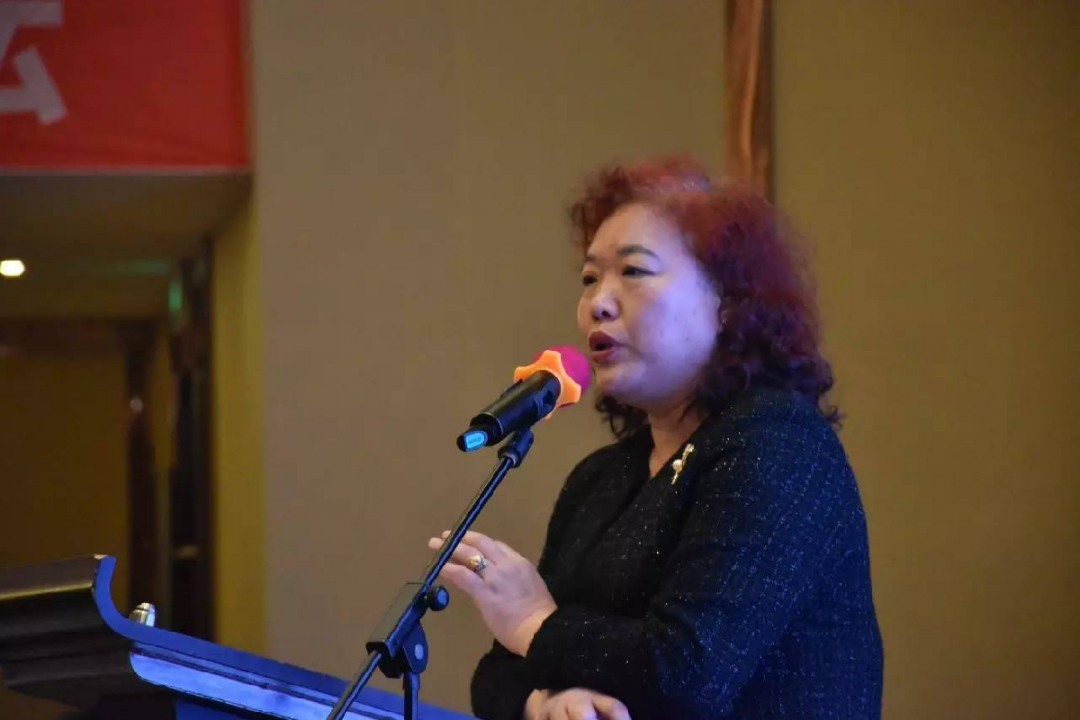
In the speech entitled "Enlightenment of cross strait cultural and creative industry cooperation on Shousheng cultural tourism", Professor Wang Xiaohong, Vice Minister of Information Department of China Center for international economic exchange, starting from the comparison and cooperation research of cultural and creative industries between Mainland and Taiwan, pointed out that cultural and creative industries are the fastest growing emerging service industry in mainland China in recent years, and the scale has become one of the world's largest countries. However, the management of cultural and creative industries in mainland China is still extensive, business model innovation lags behind, the degree of internationalization is low, and the ability of traditional art development is insufficient. With the upgrading of the consumption structure of urban and rural residents, the improvement of the overall cultural quality and the acceleration of enterprise innovation, the demand of cultural and creative consumption market will be driven, and the mainland will become the largest consumer market of cultural and creative products in the world. This industrial development background provides a good opportunity for Rudong to develop Shousheng cultural industry. Shousheng temple reconstruction and tea town development should fully learn from the successful experience of cultural and creative industries on both sides of the Strait, solve the problems existing in the development of cultural and creative industries on the mainland, and take the opportunity to move forward.
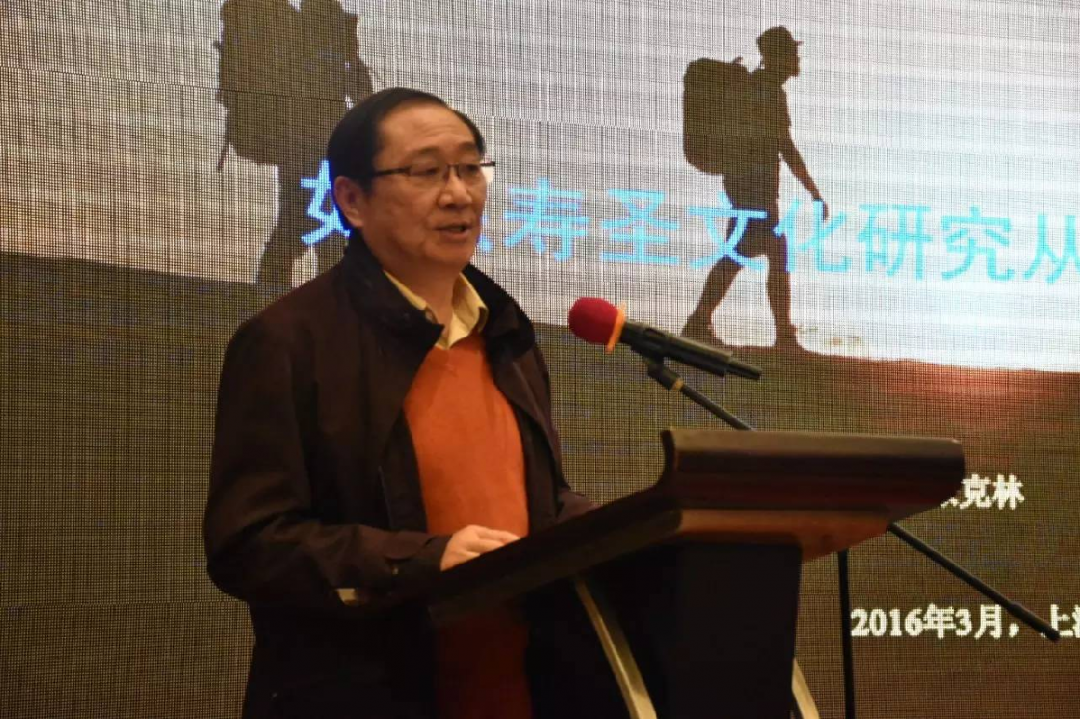
In a speech entitled "the restoration of Shousheng temple in Rudong and its integrated development of cultural tourism", Professor Jiang Hong of the Academy of social cognition and behavioral sciences of Shanghai Jiaotong University pointed out that the "town temple" integrated development strategy is forward-looking. Jiang Hong suggested that the canal culture of Shousheng temple and jiucha ancient town should be constructed with modern lifestyle and people-oriented approach. Facing the future, we should return to people's scale, life needs and social development, and build a leisure, aging, slow life, sustenance, quality and open space layout and cultural ecology. Reshape the town temple integration of small towns in the south of the Yangtze River with the legacy of Tang and Song Dynasties, and embody the "legacy" area of comfort, gardens, blocks, paths, temples and so on as the core area. Expand the cultural value of canal waterfront, and form another characteristic area of Beicha canal culture and folk landscape belt. At the same time, we should combine the reality of economic and social development and urbanization construction of Gucha Town, take humanistic care and compassion as the breakthrough point, and carry out the research on "Happiness Concept" and happiness index, as well as development index of small towns through smart towns and big data management, so as to promote the comprehensive and sustainable development of local economy, culture, education and health, For future generations to leave contemporary humanistic wealth.
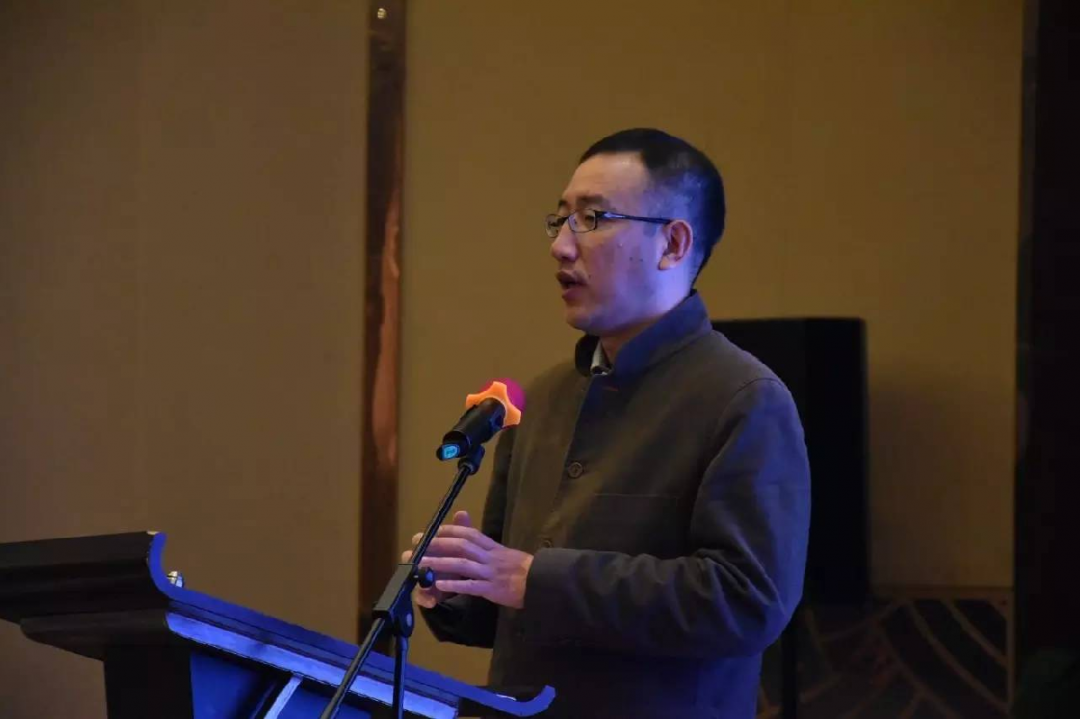
In a speech entitled "the restoration of Shousheng temple in Rudong and its integrated development of cultural tourism", Professor Jiang Hong of the Academy of social cognition and behavioral sciences of Shanghai Jiaotong University pointed out that the "town temple" integrated development strategy is forward-looking. Jiang Hong suggested that the canal culture of Shousheng temple and jiucha ancient town should be constructed with modern lifestyle and people-oriented approach. Facing the future, we should return to people's scale, life needs and social development, and build a leisure, aging, slow life, sustenance, quality and open space layout and cultural ecology. Reshape the town temple integration of small towns in the south of the Yangtze River with the legacy of Tang and Song Dynasties, and embody the "legacy" area of comfort, gardens, blocks, paths, temples and so on as the core area. Expand the cultural value of canal waterfront, and form another characteristic area of Beicha canal culture and folk landscape belt. At the same time, we should combine the reality of economic and social development and urbanization construction of Gucha Town, take humanistic care and compassion as the breakthrough point, and carry out the research on "Happiness Concept" and happiness index, as well as development index of small towns through smart towns and big data management, so as to promote the comprehensive and sustainable development of local economy, culture, education and health, For future generations to leave contemporary humanistic wealth.
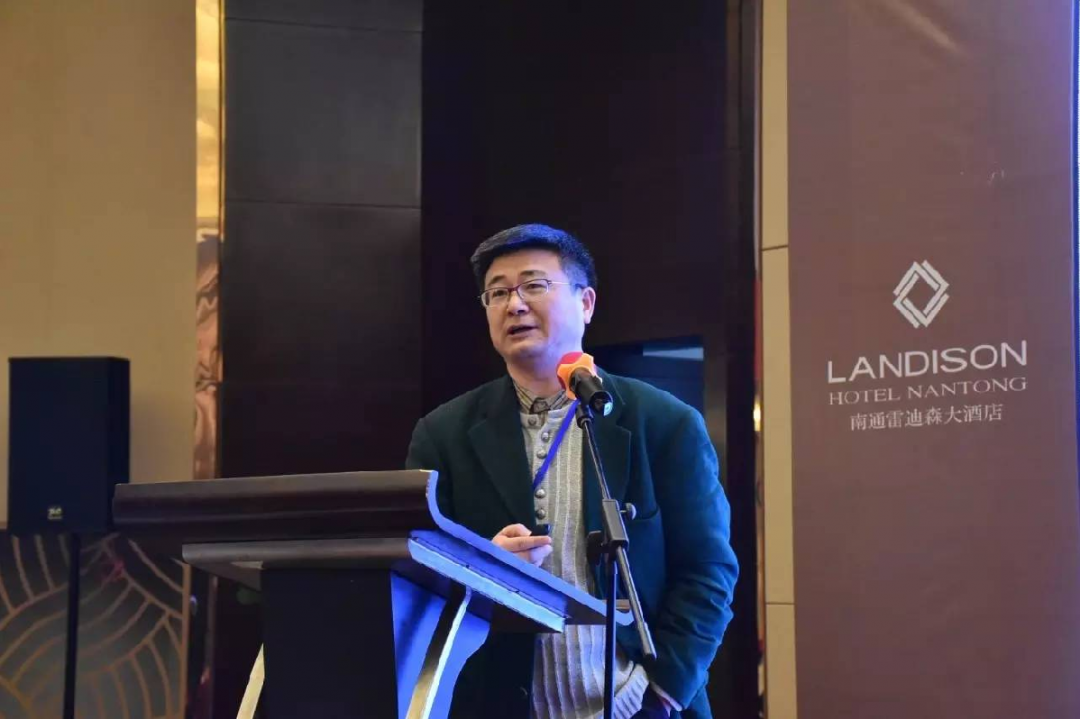
In a speech entitled "the restoration of Shousheng temple in Rudong and its integrated development of cultural tourism", Professor Jiang Hong of the Academy of social cognition and behavioral sciences of Shanghai Jiaotong University pointed out that the "town temple" integrated development strategy is forward-looking. Jiang Hong suggested that the canal culture of Shousheng temple and jiucha ancient town should be constructed with modern lifestyle and people-oriented approach. Facing the future, we should return to people's scale, life needs and social development, and build a leisure, aging, slow life, sustenance, quality and open space layout and cultural ecology. Reshape the town temple integration of small towns in the south of the Yangtze River with the legacy of Tang and Song Dynasties, and embody the "legacy" area of comfort, gardens, blocks, paths, temples and so on as the core area. Expand the cultural value of canal waterfront, and form another characteristic area of Beicha canal culture and folk landscape belt. At the same time, we should combine the reality of economic and social development and urbanization construction of Gucha Town, take humanistic care and compassion as the breakthrough point, and carry out the research on "Happiness Concept" and happiness index, as well as development index of small towns through smart towns and big data management, so as to promote the comprehensive and sustainable development of local economy, culture, education and health, For future generations to leave contemporary humanistic wealth.
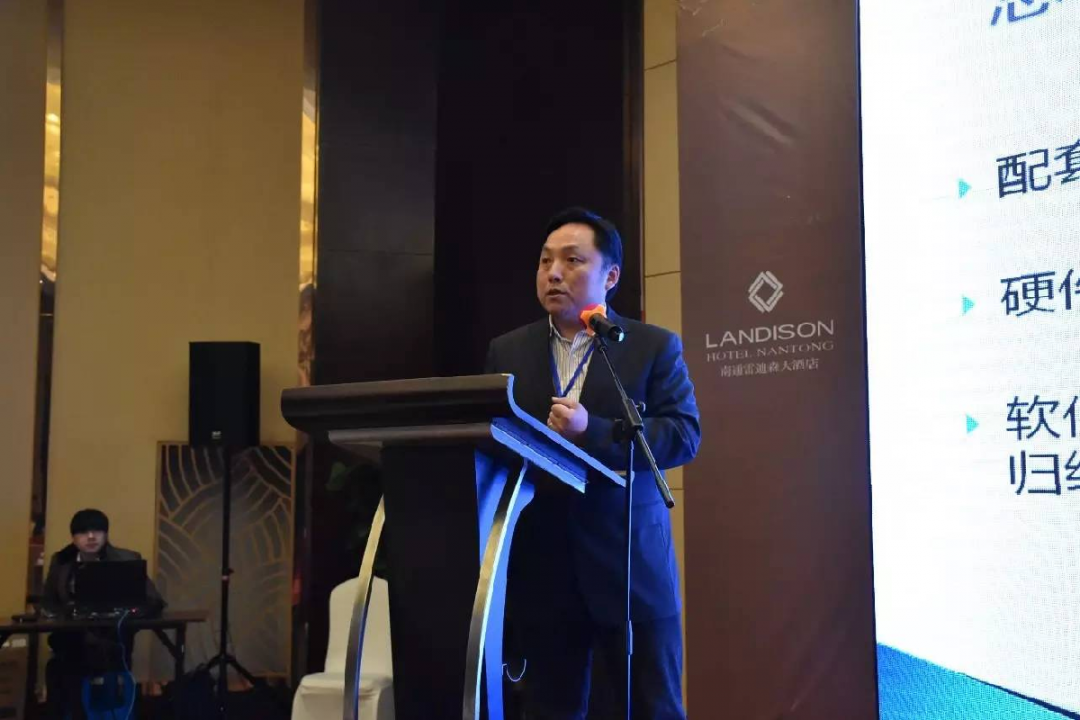
在题为《如东栟茶镇寿圣古寺文化旅游产业构建思路》的发言中,In a speech entitled "ideas for the construction of cultural tourism industry of Shousheng ancient temple in Rudong tea town", Yin Wei of Shanghai Jiyuan Enterprise Management Consulting Co., Ltd. suggested that the first is to restore the cultural relics, historic buildings, ancient canals and the original overall structure of the ancient town, and repair the old as before, so as to reproduce the prosperity of the ancient town, Efforts should be made to excavate the local traditional culture, folk customs and human history to show the world the profound cultural heritage of the ancient town. The second is to rebuild Shousheng Temple according to the style of the ancient temple. Although the appearance of the reconstructed temple is retro, its internal management will introduce the intelligent temple management system initiated by "Wuxi Kaiyuan Temple", which will integrate the ancient Buddhist temple management with the Internet management, and walk ahead of the times. Third, on the basis of reconstructing the ancient temple, we creatively established the "Oriental pure glass world of disaster relief and longevity extension pharmacist Buddha". Rudong has the meaning of the Oriental pure glass world of Tathagata. The Oriental pure glass world is the pure land of disaster relief and longevity extension pharmacist Buddha, which means that the land is quiet and colorless and protects the world from disaster relief and longevity extension. The fourth is to make use of the tourism functions of ancient towns and temples, and plan to create new tourism hot spots in East China and even the whole country with modern tourism concept, such as the cultural tour of ancient towns, the Buddhist (pharmacist Buddha) disaster relief and longevity extension tour, and the meditation tour. Fifthly, the country's first new tourism and livable projects, such as leisure agriculture, leisure tourism, health care and elderly care, will attract some urban people to Rudong for short-term leisure life and relaxation. At the same time, it will create a new development road for the local rural areas.
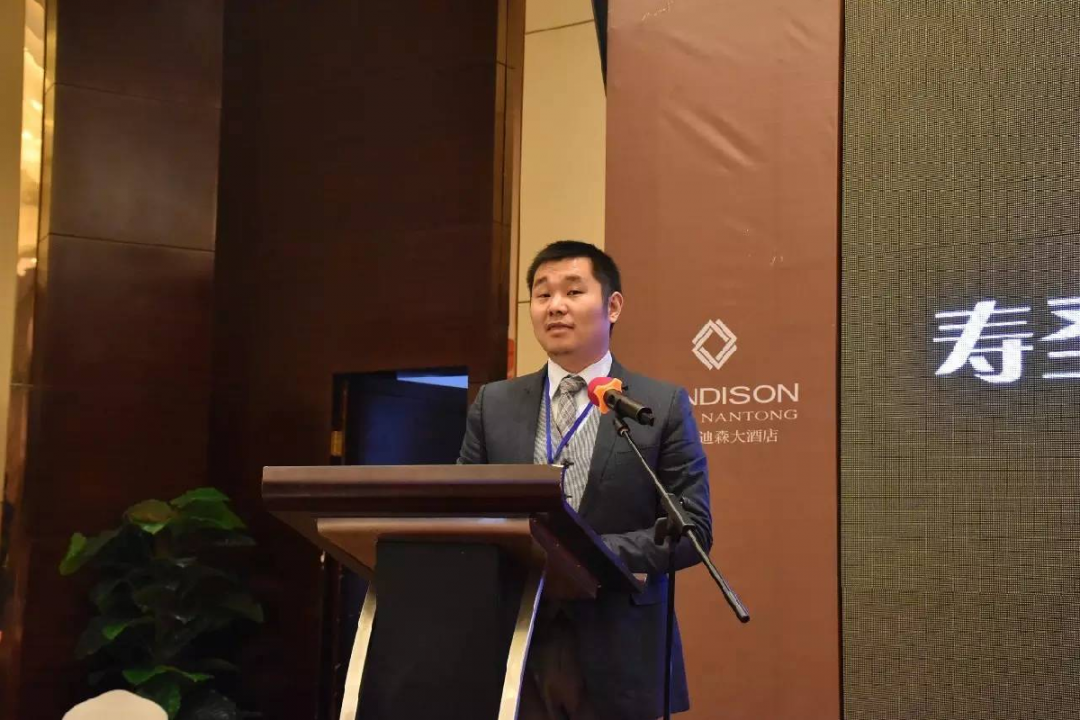
In a speech entitled "Research on the integrated development strategy of Shousheng temple reconstruction and tourism of ancient town of tea", Zhang Xun, executive director of Beijing deluan architectural planning and Design Institute, pointed out that local culture plays an irreplaceable role in the whole process of cultural development. For a long time, local culture has been paid great attention in various fields. Today, with the development and prosperity of socialist culture, we must pay attention to the development of local culture, proceed from the whole of local culture, conduct in-depth research, and promote the in-depth development of culture. As a basic cultural industry, local culture plays an essential role in the overall development of society and the promotion of social process. Historically, Shousheng Temple carries a lot of information about the history and culture of the ancient town, which is not only the witness of the history of the ancient town, but also the symbol and symbol of the ancient town. As a religious building, Shousheng Temple provides people with leisure time and holds temple fairs during festivals, showing the new look of the ancient temple everywhere.
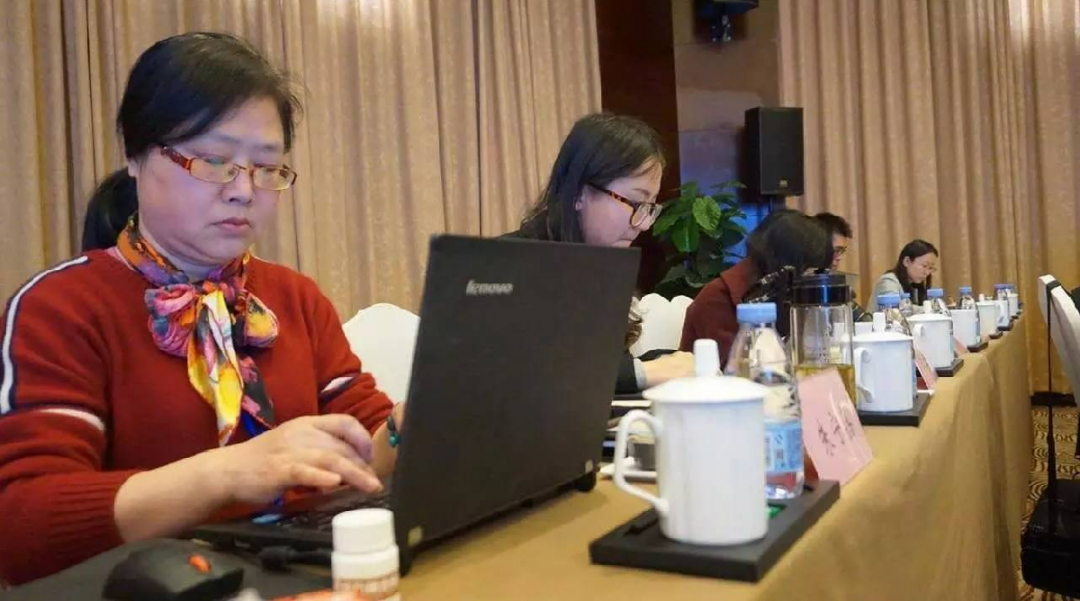
In the free discussion session, Associate Professor Zhu Ningjia, researcher of Urban Science Research Institute of Shanghai Jiaotong University and deputy director of urban culture sub center of national cultural soft power research collaborative innovation center, delivered a speech entitled "using AR and VR technology to create cultural wisdom Temple". Zhu Ningjia pointed out that using light, sound and electricity to present the history of Buddhism, Using the front and back connection characteristics of the temple building itself to create a virtual lotus world, so that laypeople can feel the solemnity of Buddhism and influence the culture of Buddhism to the greatest extent. Kaiyuan Temple in Wuxi is a benchmark worth learning. For the reconstruction of Shousheng temple, AR and VR technology can be used to integrate Buddhist scriptures and creatively create some experience projects, so that pilgrims can accept Buddhist culture in an enlightened way through experience. Gu Yi of Beijing deluan architectural planning and Design Institute pointed out that it can be used for roads regardless of ten thousand methods. The traditional Buddhist culture industry has begun to use the mobile Internet and other advanced technology platforms to publicize itself and plan its layout. The temple of Sheng Sheng will be integrated into the "Internet plus" wave, and promote China's temple culture through the mobile Internet.
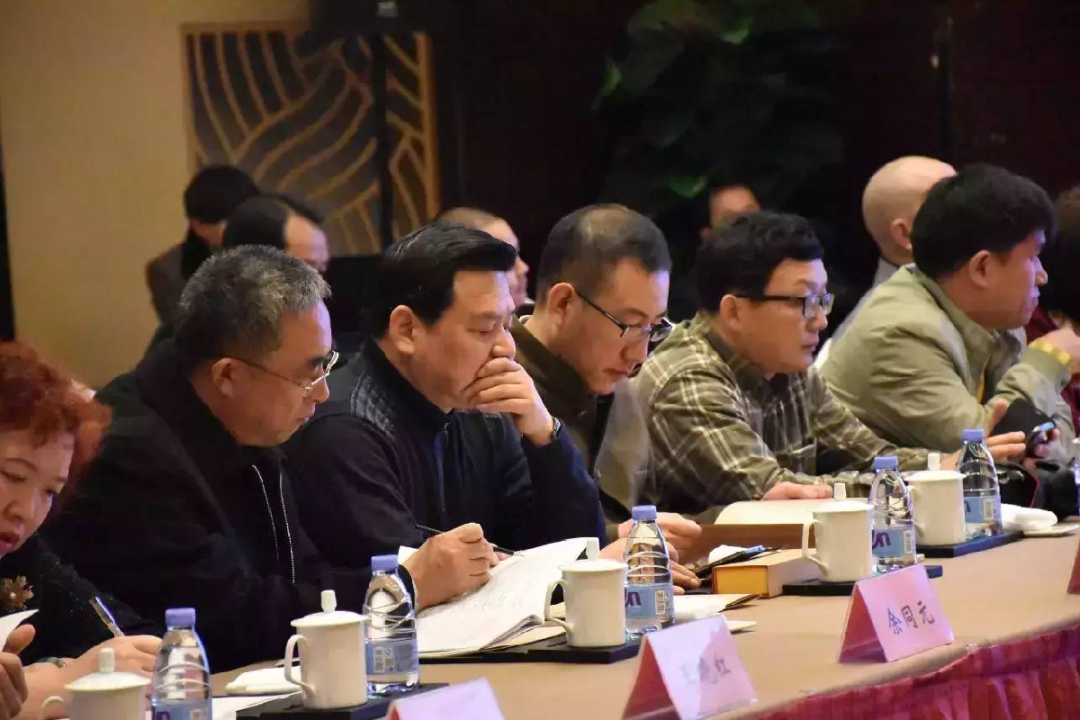
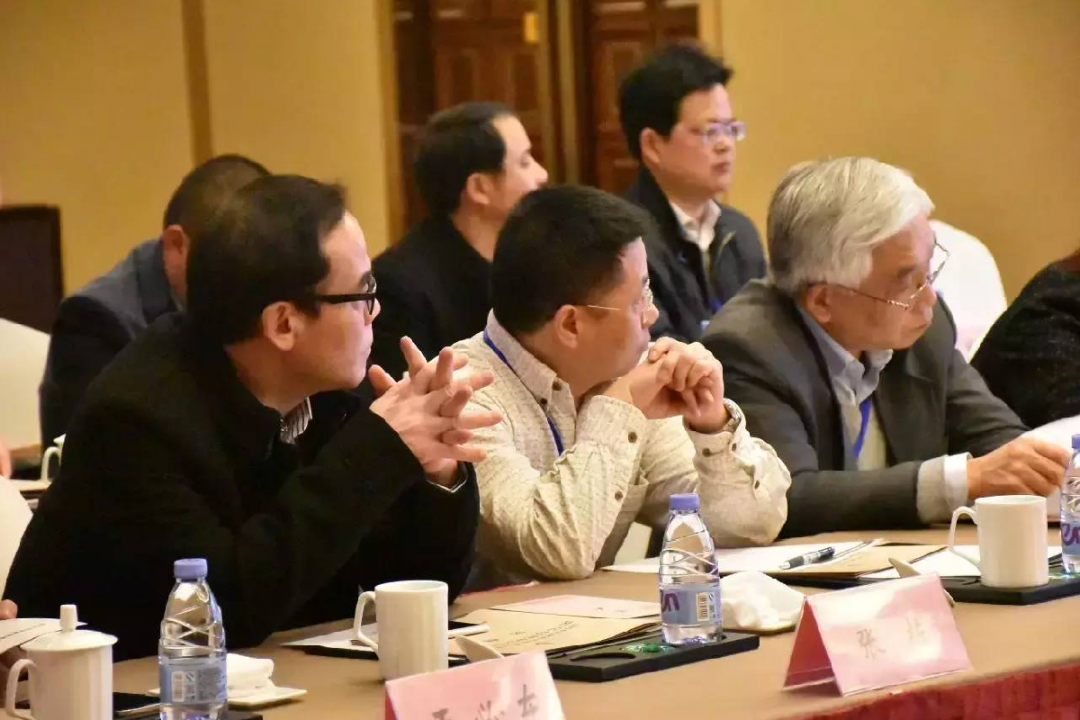
Participants agreed that Rudong is the ideal carrier for the construction of cultural and leisure industry zone. For example, when the East is constructing cultural and Leisure Industrial Zone, from the development requirements of Jiangsu Province during the 13th Five Year Plan period or even longer period, the key path to integrate regional cultural tourism resources and accelerate the transformation and development is to build the cultural and Leisure Industrial Zone in East China. What needs to be done is to develop the research and planning of Rudong Shousheng culture based on Shousheng Zen temple, and the planning and construction of intelligent temple. Combining online and offline, it will take five to ten years to build the center of "longevity culture, wisdom and trust" in Rudong, Southeast Asia and even the world. In order to realize this aspiration, we need to study and formulate more specific development plans, make clear time schedule, turn blueprints into reality and achieve good results early. Source: Jiaotong University City Network
